
IN A TIGHT SPOT
If you’re short on planting space at ground level, assess your walls and fences for planting potential. Small herbs and perennials (plants that live for more than a year) can thrive in the tiniest containers – old tin cans or wellington boots, wooden or clay pots and troughs – all of which can be attached higher up on vertical surfaces. Depending on what you plant in them, they might trail down to disguise an ugly fence or grow together to provide a ‘border’ in the air.
When seeking suitable places for vertical planting, consider whether they are to be permanent, or portable, as this will affect how you attach them. Cable ties or screws will enable you to move planters at a later date.
Timber pallets, securely attached to a wall or fence, make narrow but generous planters. Look online for instructions on how to insert ‘pockets’ of weed matting into the pallets to hold your plants.
Raised planters on castors are a brilliant invention, especially ones with trellis at the back. You can move your ‘greenery’ to the most convenient place, and the trellis feature will allow you to create or divide spaces as you need.
The depth of compost you’re able to achieve in your planters will dictate the size your plants will attain, but there are hundreds of simple-to-grow choices that work really well in these circumstances, including bamboos and grasses, that grow quickly and abundantly and won’t take over if they’re kept in pots and tubs.
Hanging baskets are wonderful for tumbling annuals such as tomatoes and perennials like strawberries. Install brackets at various levels so that you can move these tempting treats out of reach to allow them to reach maturity!
personal, social and emotional development
GROWING
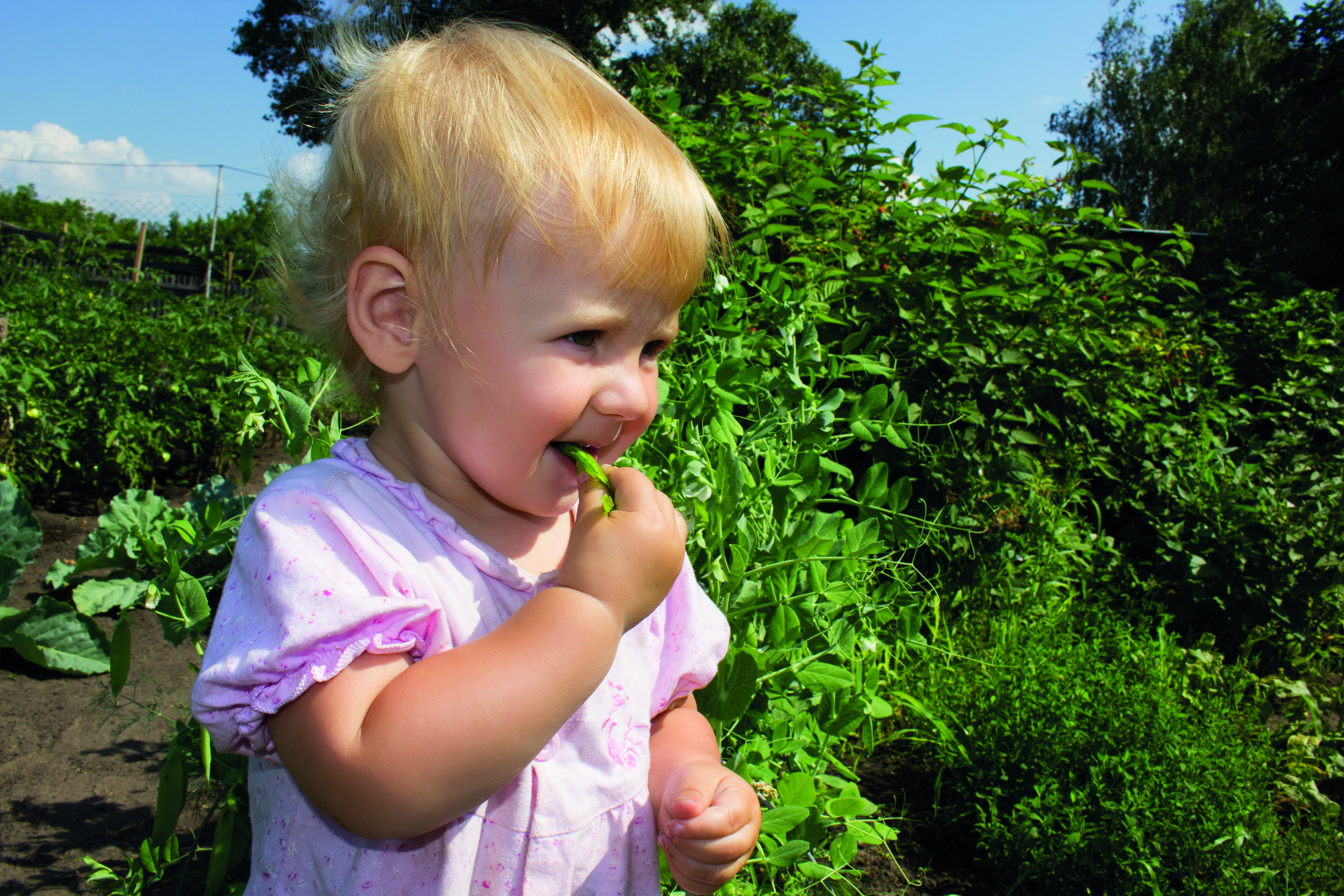
In spring, you’re likely to be discussing young children’s own growth, change and development. Outdoors can bring new richness to these explorations, providing context for ideas about birth, renewal, growth and the cycle of life. Garden peas are easy-to-grow annuals, which means they germinate, flower, fruit and die back over one yearly cycle. This makes them a useful demonstration of a growth cycle, and edible to boot!
- Examine the contents of a packet of garden pea seeds. Where do children think these seeds came from? The picture on the packet will probably give a clue, but some children may never have seen a peapod.
- Buy a handful of fresh peas in their pods; at this time of year you might want to avert your eyes from their country of origin as they’ll have been flown into the UK, but it’s worth having a few fresh peapods so that children can observe and handle them. Compare the fresh pea ‘fruit’ and the seed pea ‘fruit’ and consider what process took place to create the seeds, asking about the age of the fruits and what makes them so tasty and green when fresh.
- Eat most of the fresh raw peas; plant the seeds in pots, and a few of the fresh peas in a separate pot; watch for their germination (about two weeks) and then follow their growth progress over the spring and summer. When the seedlings become too big for their pots, ask children about a time when they needed new shoes or clothes, and plant the seedlings in a larger pot, trough or out into soil if you have the space.
- When flowers begin to emerge on your pea plants (early summer), talk about why plants need to have attractive, fragrant blooms. Watch the flowers evolve into peapods and compare these to photographs of the ones you first looked at this month.
- Once you’ve harvested your peas, save some to dry out and replant. Carefully dig out most of the spent pea plants and clean off the roots – you should still be able to see the remains of the original seeds. Leave one or two pea plants in the soil and observe their deterioration back to mulch.
- Explore the purpose of living things: the lifecycle of the peas benefited more than just us as pea fans, and more than just the pea as a living thing. In the soil, microbes, worms and bacteria support and benefit from the plant’s roots; above ground, insects and birds find a nutritious food source at various stages of the pea’s growth cycle. Allowed to break down back into the soil, the spent pea plants return their last nutrients to the soil, and the cycle can begin again.
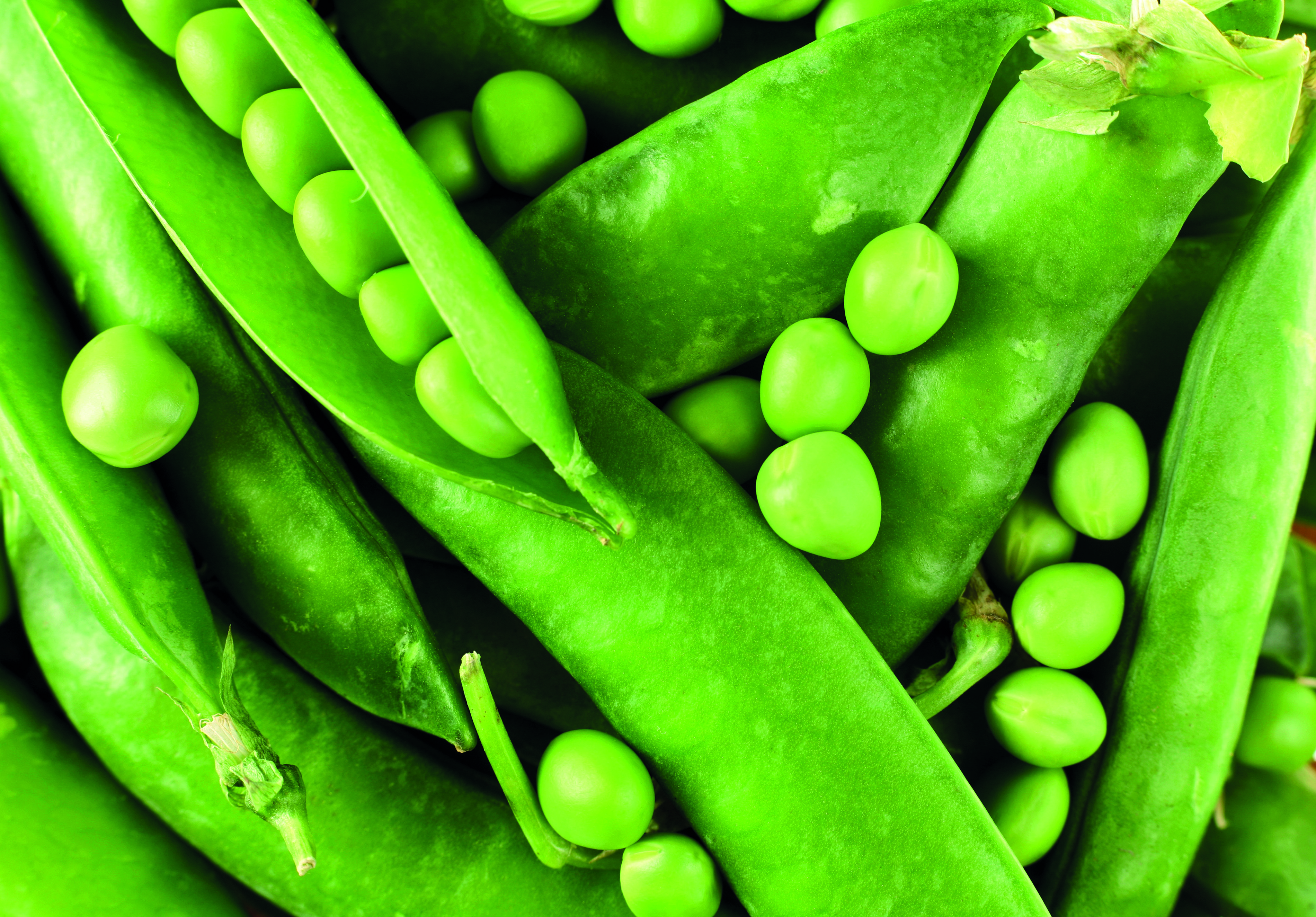
March top tips
Are you the Mad March Practitioner? While budgets are always tight, there’s often a little left over by March, and if it has to be spent by the end of the financial year, there is the danger it’ll be frittered away. I wrote a blog post about spending this ‘last minute’ money – https://bit.ly/3JhXMpB – which offers tips for taking stock and making spending decisions that will enrich outdoor play. If you have any money left to spend in March, I implore you to spend five minutes reading through the blog post first!
- If you have just a small amount left, you might like to invest in a ‘glass clear’ tarpaulin – it’s such fun to shelter underneath one on rainy days. You should be able to find one for around £25, and add £5 for a few hooked bungee cords to suspend it overhead.
active stories
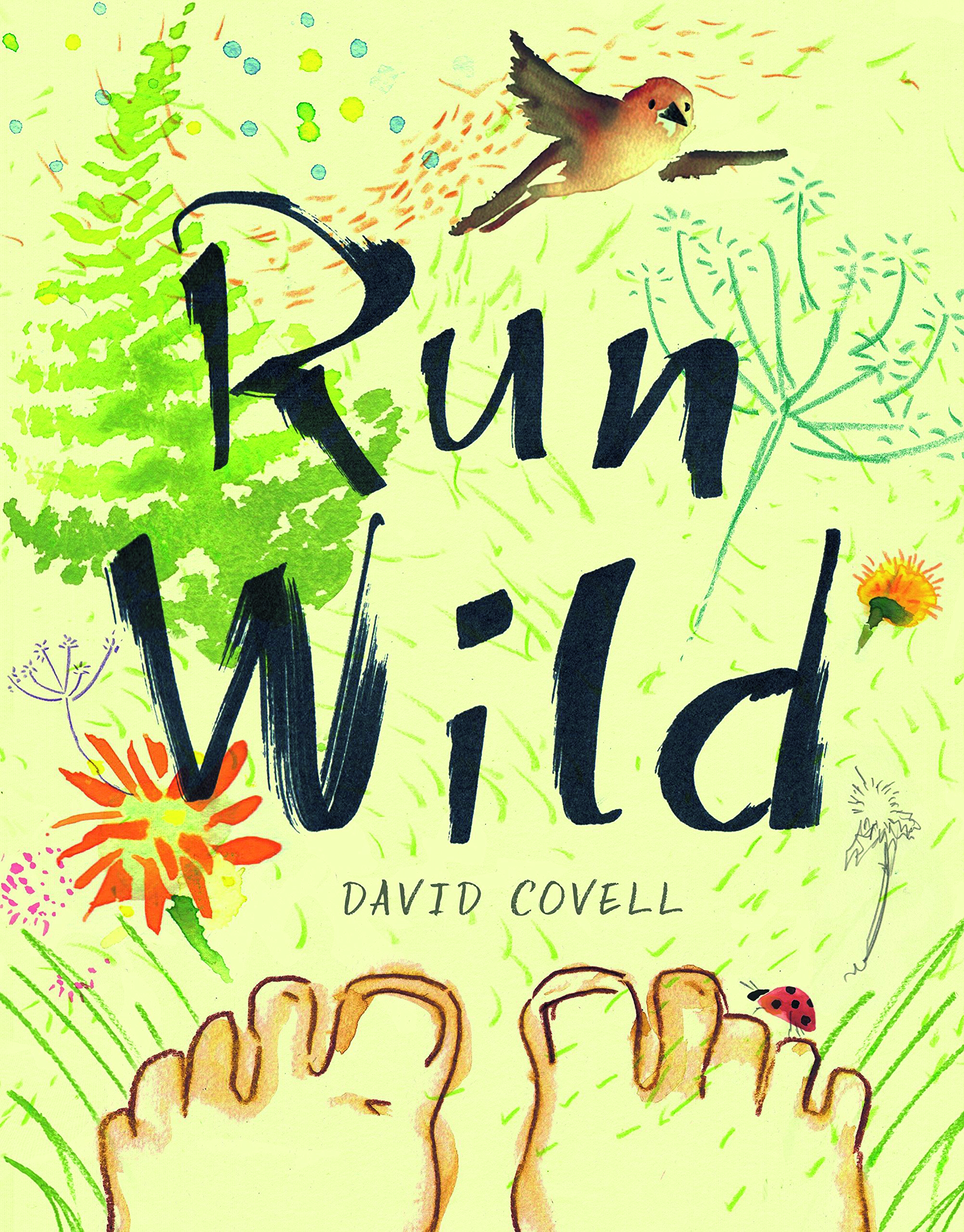 Run Wild by David Covell (Viking Books, 2018) is a book that positively begs to be looked at outdoors. The prose implores a child, sitting indoors with his screen, to get outdoors and make the most of the fresh air. I think this book would work as a companion piece to We’re Going on a Bear Hunt by Michael Rosen, sharing many of that book’s text rhythms and ideas around movement and sound. Together they will encourage children to really occupy the space outdoors, energetically twirling like the wind and leaping like a rabbit, with cracking sticks and soft grass underfoot.
Run Wild by David Covell (Viking Books, 2018) is a book that positively begs to be looked at outdoors. The prose implores a child, sitting indoors with his screen, to get outdoors and make the most of the fresh air. I think this book would work as a companion piece to We’re Going on a Bear Hunt by Michael Rosen, sharing many of that book’s text rhythms and ideas around movement and sound. Together they will encourage children to really occupy the space outdoors, energetically twirling like the wind and leaping like a rabbit, with cracking sticks and soft grass underfoot.
physical development
ON YOUR FEET
Focus on feet this month, giving children an opportunity to negotiate outdoors in a variety of footwear choices. Agree a walking route around the garden, picking up as many age- or ability-appropriate obstacle challenges as you can – steps, narrow walls, ramps, bumps and mounds, tight corners, over and under, etc. Mark out the route with chalk arrows or stickers, and measure its length with a 25m measuring tape so you can tell children how far they have walked during the foot challenge.
- Try to complete the walking challenge every day, but with a different foot challenge each day – in shoes and wellies are obvious options, and perhaps the ‘starter’ challenges. Being barefoot is also crucial for children’s developing stability so try that, even on rainy days. Squidging toes through mud is a joy…as is washing it off and wrapping up in cosy towels afterwards!
- Choose different movement styles that challenge feet to work harder – giant strides only, tiny bird footsteps, hops, bounces and skips or going backwards or sideways. Try wearing shoes that are too big, or make extra-large cardboard feet, and attach them to children’s own feet with elastic. The objective is to activate the parts of the brain that manage balance and co-ordination and force them to re-evaluate common tasks.
- Walk round in socks, then examine the bottom of the socks to see what’s been picked up on the journey.
Check out Julie Mountain’s training video, part of NW’s EYFS Essentials series: https://bit.ly/3oB7M5r
planning ahead…
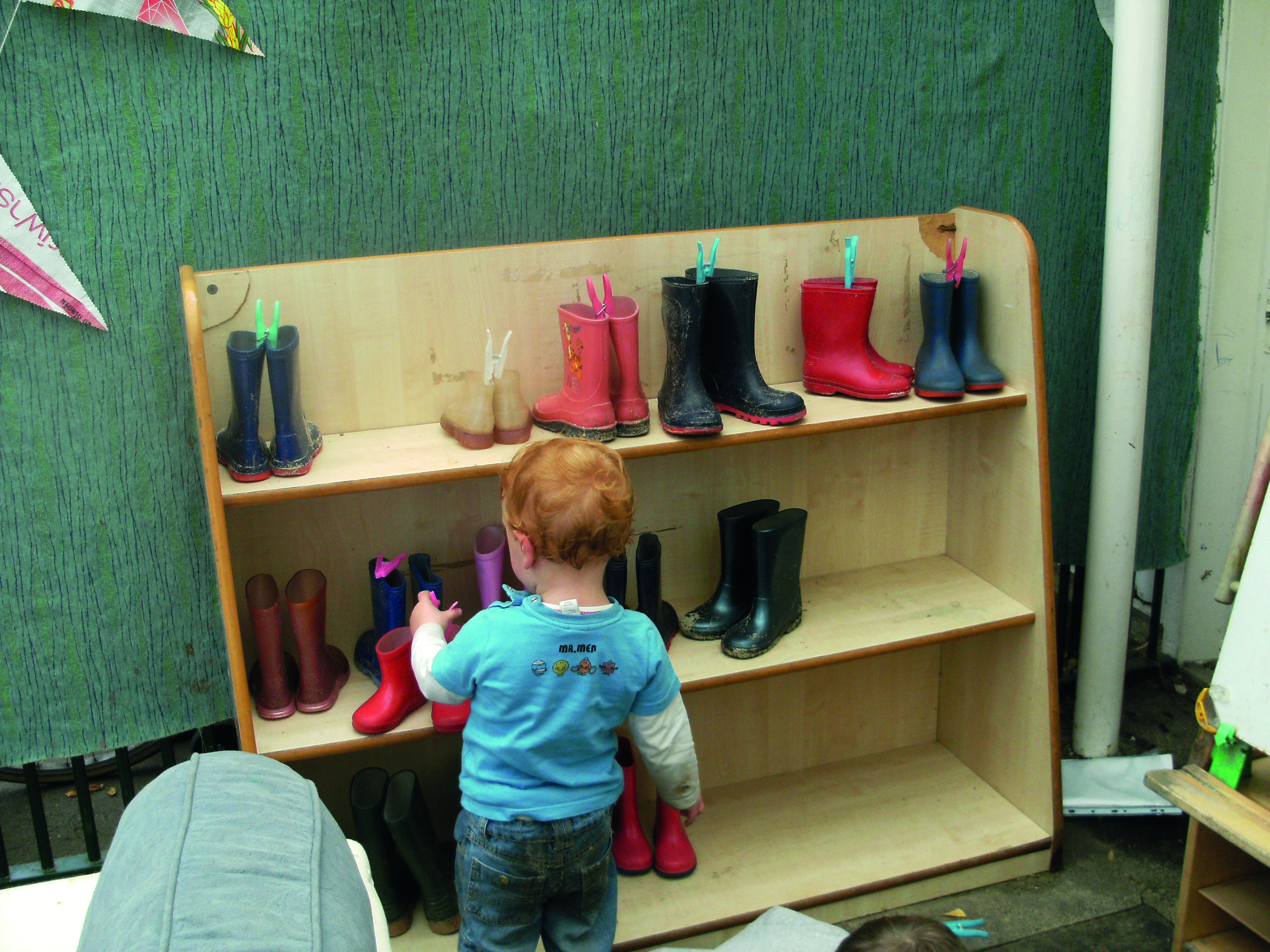
- Be prepared for April showers – put out a request for umbrellas and wellies, asking families to donate any they can spare to ensure every child can enjoy splashing in puddles.
- Earth Day this year is Friday 22 April and www.earthday.org has plenty of detail, including searching for local events. The theme is ‘investing in our planet’, so perhaps a chance to look at recycling and reusing outdoors, reducing water use or growing your own food crops – the first week in April is also Community Garden Week, so a perfect tie in to encourage parents to support growing food in your setting.
STEM
MARCH SPRINGBOARDS
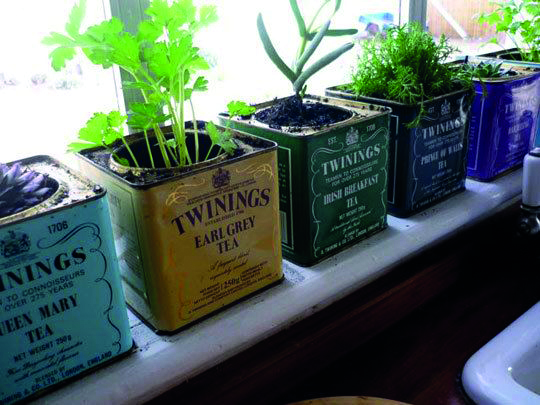
Support and develop maths language through monitoring plant growth using a variety of tools and techniques:
- On an A4 whiteboard that can live outdoors, create a chart to plot dates along the bottom (x axis) and height on the left (y axis). Discuss measuring tools with children and decide which is the most appropriate to measure the height of bulbs or seedlings as they grow during March – for example, show a 30cm ruler, tape measure, metre ruler, trundle wheel, weighing scales, measuring jug.
- Think not just about how high plants grow, but how wide they are, and examine the variety of leaf sizes on the same plant. Collect emergent leaves from every plant in your setting to compare their sizes. Can children arrange them in size order? What other patterns or matches can they identify – for example, leaf borders smooth or serrated; leaf shape broad, oval, narrow; clear veins or no veins visible.
- Choose a plant you know will grow quite dramatically over spring. Ask children to take photos of one part of it every day. At the end of each week, print out that week’s photos, and at the end of four weeks, join all four printouts together.
natural learning
Natural learning isn’t just about learning using natural materials; it’s about learning in and with nature, and as March marches on, it will become easier to spend more time outdoors. If your setting doesn’t have large areas of natural space, I’d urge you to find a nearby green space you can investigate over spring to watch leaves unfurling, smell the unique aroma of growth and feel the changes underfoot. Make regular visits, but importantly, spend a decent amount of time in the space each time you visit. Children need to know they can be immersed in natural play and have freedom to explore at their own pace. This way, they find their own fascinations in nature – for example getting to know a patch of snowdrops, observing a returning squirrel, watching fungi expand on a rotting trunk or a growing bird’s nest.









